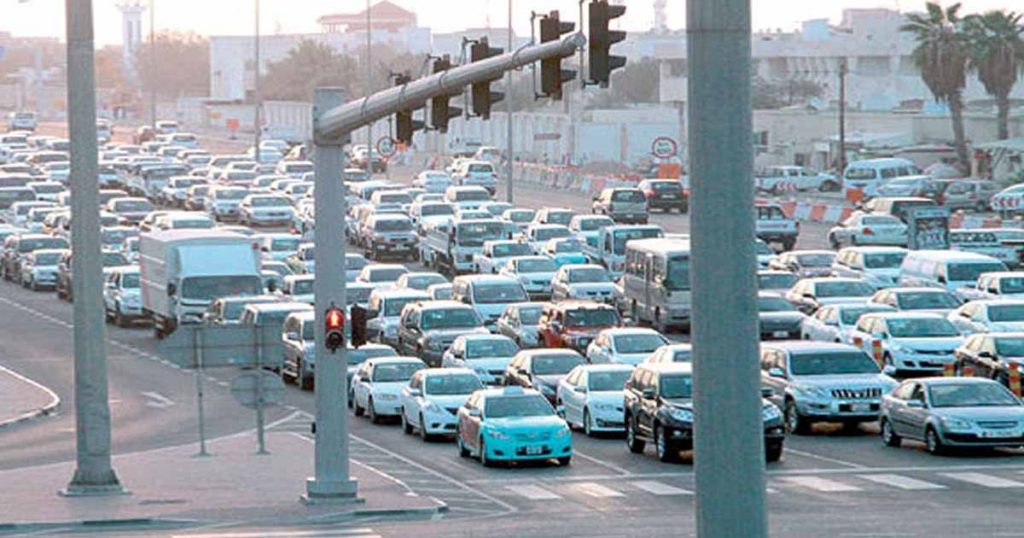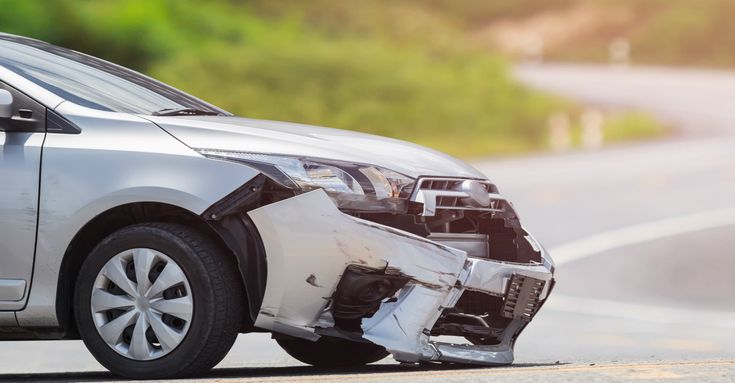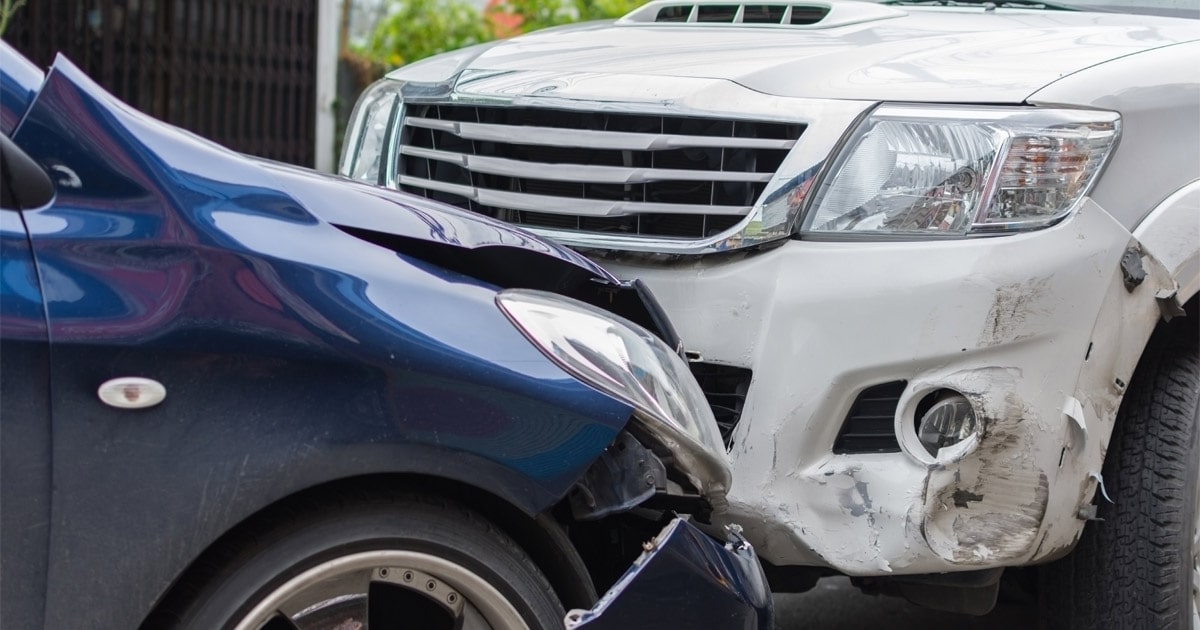According to the National Highway Traffic Safety Administration (NHTSA), 40% of all motor vehicle collisions occur at intersections. Furthermore, around 96 percent of these collisions can be avoided, with “driving error” cited as the main cause. This report investigated the causes of driver error and discovered certain driving behaviors, such as distracted driving, and misjudgment of other drivers’ speed, among other things. were the main causes of car accidents in congested intersections.
Due to the typical layout and nature of intersections, many crashes are side-impact collisions, also known as T-bone crashes. Side-impact collisions frequently result in severe injuries because the driver’s and passenger’s sides of a car do not provide as much protection as the front part of the vehicle. Injuries to car occupants in intersection collisions can range widely, even with active safety systems in place. Given the severity of these collisions, it’s important for drivers to take active measures to avoid them. Here are 5 tips to avoid car accidents in congested intersections.
Contents
1 Avoid Distracted Driving
Distracted driving can manifest itself in many ways, whether it be talking on the cell phone, sending a text message, fidgeting around with the GPS, or even eating while driving. While this is true in all traffic situations, it is especially important to keep your full attention on the road when approaching an intersection. The likelihood of colliding into the car increases greatly when your eyes are not on the road, as you will not be able to react quickly –which could prevent an accident from occurring.
The best way to avoid this is to not multitask while driving. If you need to adjust your mirrors, change your music, or make a phone call. It would be best to do so once you pull over to the side of the road. If there is a passenger, they can help reduce distractions by assisting with navigation or any other tasks that are needed. This ensures that the driver’s complete focus is on the road and decreases the likelihood of an accident.

2 Do NOT run a Yellow Light
You may find yourself in a situation in which you are driving down a road at the speed limit toward a green traffic light and it suddenly turns yellow. You’re unsure if you should try to make the light, or if you should slam your brakes. You make the decision to “beat the light,” and you speed through the intersection. This is extremely problematic for a variety of reasons.
To begin with, all yellow lights differ in length, which means that a yellow light at one intersection may last a few seconds longer or shorter than one at another. If the light turns red sooner than expected, the other lane of traffic may begin to pass through before you have cleared the intersection. This can result in a very serious collision that affects multiple parties: the car that ran the red light, oncoming traffic, and even pedestrians who began to cross the street.
3 Avoid Tailgating
Tailgating occurs when one driver is following another car way too closely. This is exceptionally dangerous, because if the car in front of you slams on its brakes. You will have little time to slow down and prevent a collision from occurring. This is why it is crucial to maintain a safe distance from the car in front of you at all times. When an intersection is extremely congested, vehicles are more likely to stop unexpectedly. So you should leave sufficient space to allow you to step on the brakes or get out of the way in case there is an accident in front of you.
4 Pass with care

Make sure to leave enough space between yourself and the other car if you need to pass it. A common rule of thumb that may be helpful to keep in mind is to wait three seconds to merge in front of a car you have passed up. This ensures that you don’t cut the vehicle off or get too close to them. Oftentimes if you cut another vehicle off, this can lead to road rage, tailgating, and even a potential collision.
>> Related post: 10 Most Common Causes Of Car Accidents
5 Practice Defensive Driving
Defensive driving is a set of safe driving strategies that drivers can use to address identified hazards in a predictable manner. Being on the lookout, taking note of road hazards, and staying calm are three defensive driving techniques that can help you become a safer driver. Just like on any other road, circumstances in a congested intersection can change very quickly. Scanning everything in your line of vision, not just what is directly in front of you, can help avoid collisions overall.
Another crucial technique is to always be mindful of possible road hazards. If there is a pothole or road debris, the driver in front of you may jolt or swerve unexpectedly, which could potentially cause a crash. However, if you are prepared for this hazard and have already spotted it seconds before. You can take all necessary actions to prevent colliding with the car.
Remaining calm is the most essential defensive driving strategy, especially in busy intersections. Any minor annoyance can quickly develop into a road rage incident. Regardless of what another driver does, staying calm and collected can help prevent frustration from escalating into a collision.
Some companies offer defensive driving classes where students can learn to improve their driving skills by reducing their driving risks. A class like this can teach you how to anticipate situations and make sound decisions when under driving stress.
Given the frequency of collisions that occur in densely populated intersections. All drivers must take additional precautions to avoid being involved in or causing an accident. Aside from the driving strategies discussed above, make sure you cover all bases when it comes to your vehicle.
Take your car in for regular maintenance and any safety issues that arise. Depending on the vehicle, any additional issues may still be covered by your car’s manufacturer under warranty. Prevention is key, though sometimes, accidents can be inevitable regardless of how many precautionary measures you take. If you happen to get injured in an accident, make sure to search for a qualified accident attorney to help you file a claim. Safe driving!



